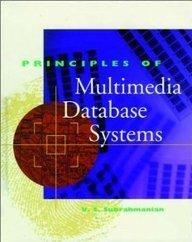Question
CODE IN JAVA (Generic Dictionary) Create a generic class with two parameters called Dictionary . The first type corresponds to something called key and the
CODE IN JAVA
(Generic Dictionary) Create a generic class with two parameters called Dictionary
second type corresponds to something called value. This dictionary can store key- value pairs.
In a dictionary, keys are always unique, a certain key exists only once. On the other hand, a value is always associated with a key, but they values are not necessarily unique. For example, we can create a dictionary where keys are strings and values are integers. This dictionary represents frequencies (in other words values) of words (in other words keys) in a text file. {hello => 3, world => 4, the => 10, application => 4} The Dictionary
U[] values() that returns an array with only values currently in the dictionary After creating the Dictionary class, write a testing class and include the following lines. The result should be as following: Dictionary
Step by Step Solution
There are 3 Steps involved in it
Step: 1

Get Instant Access to Expert-Tailored Solutions
See step-by-step solutions with expert insights and AI powered tools for academic success
Step: 2

Step: 3

Ace Your Homework with AI
Get the answers you need in no time with our AI-driven, step-by-step assistance
Get Started


